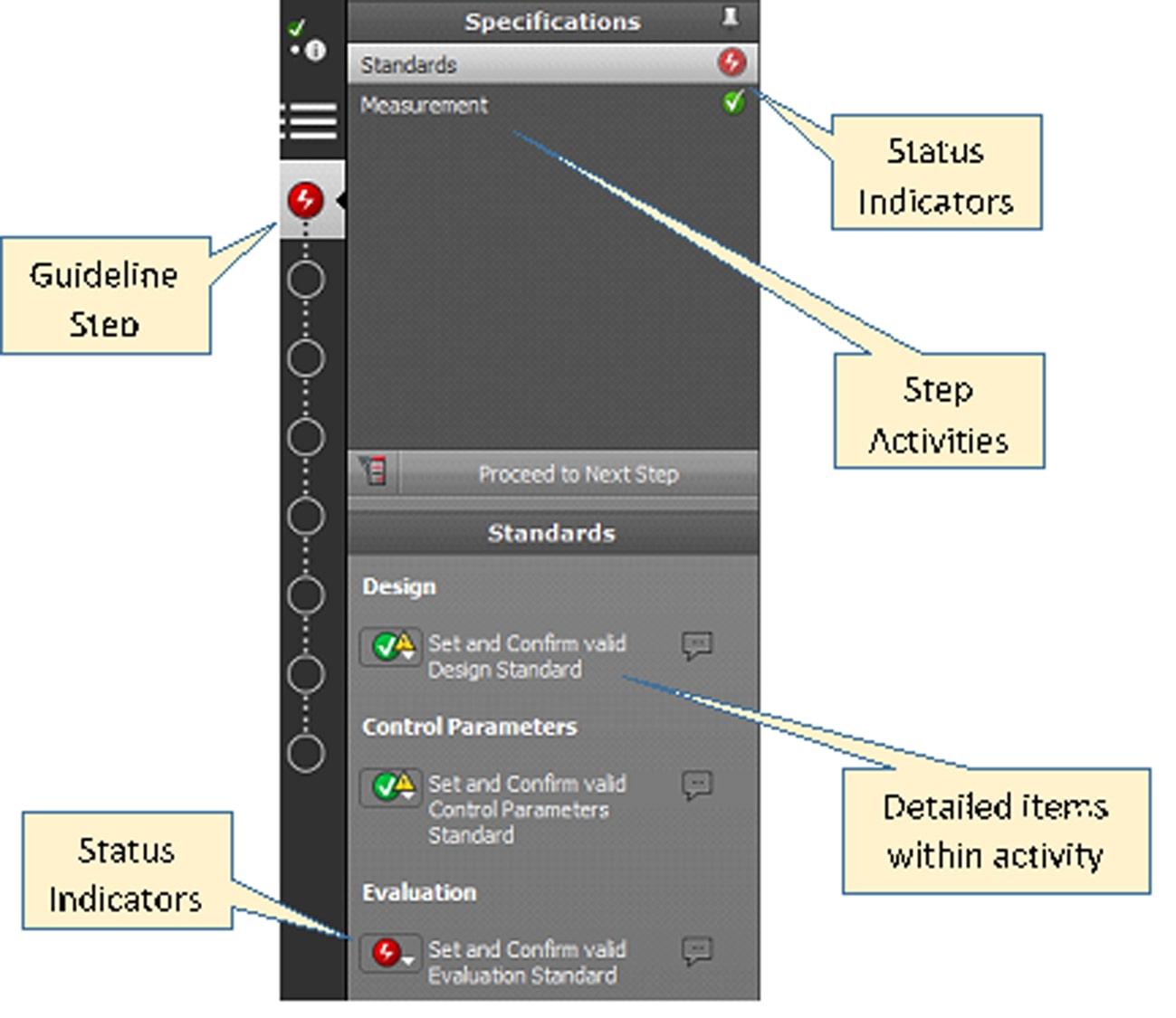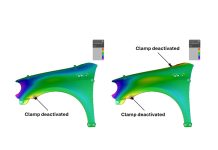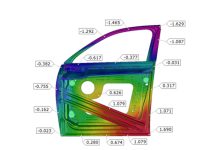What if there was a way to effectively share your company’s know-how with all employees?

Before joining AutoForm, I managed a group of formability engineers for an OEM. Over time, the quality of the team’s output varied in correlation with the experience level of its members. When new associates rotated into the group, we could typically expect our output quality to suffer until their proficiency increased to the required level. As a result, the importance of quickly skilling up new engineers became very apparent.
Developing employee formability skills was based on teaching them what to evaluate, how to evaluate it, and the GO/NOGO limit. We tried several different methods of conveying this information to our associates. We invested a lot of effort and labor hours into capturing our know-how and transferring it to new hires. From spreadsheets to slide decks, it was hard to manage the information sources and ensure associates were using the latest version of our company requirements. Oh, how I wish I’d had a set of tools like Guidelines and Standards at the time; it would have saved hundreds of labor hours.

Fig. 1: Simple Guideline
AutoForm Guidelines provide an interactive outline for the user, which provides clarity and transparency for complex tasks. Guidelines act like automated checklists and provide their information directly within the program GUI, eliminating the need for dumpster diving on a network drive to find the correct document. They are fully customizable, following an outlined structure of Steps, Activities, and Indicators that direct what actions the user needs to complete for a given process. The guideline creator can include particular Queries within the guideline definition file that actively verify a parameter’s value or status within the simulation and provide appropriate feedback. Other Guideline Steps and Indicators are passive, allowing the user to select their value. Comments and images can also be added for more clarity.
Standards convey and execute consistent parameter values and settings that adhere to the company’s business rules and requirements. We try to be as close to reality as possible in our analysis and simulation setup. An accurate reflection of reality comes from the development of critical simulation inputs and evaluation criteria. But these can differ between companies and even users to match their own experiences, risk level, and known inputs. So wouldn’t it be helpful if all of these inputs and criteria could be efficiently applied or identified to ensure nothing is missed? This is where Standards come in.
As an example, when a customer first began working with aluminum skin parts, they used general forming limits from certain reference materials — including a 15% thinning limit in the draw operation. Everything seemed fine until the customer hemmed the outer panel with its inner mating part, causing transient surface cracking within some of the hem radii. After troubleshooting the problem, they reduced the thinning limit for hemmed aluminum panels to 10% on only the hemmed 6000 series aluminum panels. This would be an excellent application of standards to capture and apply the team’s knowledge and know-how regarding aluminum surface cracking.
Like turn-by-turn navigation, Standards feedback is given to the user directly in the working environment instead of through an external application or information source. As a result, the user can quickly see when a setting differs from the standard, as shown below. The non-standard condition is directed to the user via the yellow text in the image to the right. This color scheme carries upward to the highest level of the software, providing an easy way to find each deviation from the standard. Additionally, a dot indicator quickly visualizes program settings that have an applied standard. Parameter values not matching their set standard are highlighted for visibility.

Fig. 2: Everything is checked
Using Standards and Guidelines can be instrumental in helping onboard new associates, capture your experts’ tribal knowledge, and reinforce the use of best practices within a business unit. A centrally stored and curated set of Standards and Guidelines can empower you with a practical and effective knowledge management toolset.













